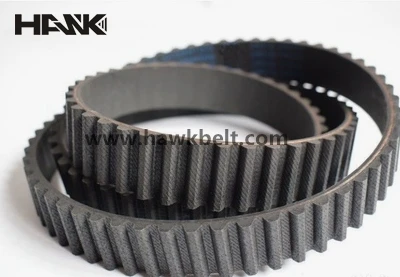- Arabic
- French
- Russian
- Spanish
- Portuguese
- Turkish
- Armenian
- English
- Albanian
- Amharic
- Azerbaijani
- Basque
- Belarusian
- Bengali
- Bosnian
- Bulgarian
- Catalan
- Cebuano
- Corsican
- Croatian
- Czech
- Danish
- Dutch
- Afrikaans
- Esperanto
- Estonian
- Finnish
- Frisian
- Galician
- Georgian
- German
- Greek
- Gujarati
- Haitian Creole
- hausa
- hawaiian
- Hebrew
- Hindi
- Miao
- Hungarian
- Icelandic
- igbo
- Indonesian
- irish
- Italian
- Japanese
- Javanese
- Kannada
- kazakh
- Khmer
- Rwandese
- Korean
- Kurdish
- Kyrgyz
- Lao
- Latin
- Latvian
- Lithuanian
- Luxembourgish
- Macedonian
- Malgashi
- Malay
- Malayalam
- Maltese
- Maori
- Marathi
- Mongolian
- Myanmar
- Nepali
- Norwegian
- Norwegian
- Occitan
- Pashto
- Persian
- Polish
- Punjabi
- Romanian
- Samoan
- Scottish Gaelic
- Serbian
- Sesotho
- Shona
- Sindhi
- Sinhala
- Slovak
- Slovenian
- Somali
- Sundanese
- Swahili
- Swedish
- Tagalog
- Tajik
- Tamil
- Tatar
- Telugu
- Thai
- Turkmen
- Ukrainian
- Urdu
- Uighur
- Uzbek
- Vietnamese
- Welsh
- Bantu
- Yiddish
- Yoruba
- Zulu
Sep . 21, 2024 13:20 Back to list
timing belt function
The Importance of Timing Belt Function in Engine Performance
The timing belt is a crucial component in the internal combustion engine, playing a significant role in ensuring optimal performance and efficiency. Often overlooked during routine maintenance, the timing belt functions not only to synchronize the rotation of the crankshaft and camshaft but also to maintain the timing of the engine's intake and exhaust valves. This synchronization is essential for the proper functioning of the engine, and any malfunction can lead to severe consequences.
The Importance of Timing Belt Function in Engine Performance
A well-functioning timing belt also contributes to the engine's overall efficiency. When the belt is in good condition, it maintains the correct timing, which allows the engine to operate smoothly and effectively. Conversely, a worn or damaged timing belt can lead to slippage, causing the valves to open and close at incorrect times. This slippage can compromise fuel combustion, leading to a decrease in power output, lower fuel efficiency, and increased wear on engine components.
timing belt function

Furthermore, the timing belt is designed to endure substantial stress and heat generated by the engine's operation. It is typically made from durable rubber with high tensile strength, designed to withstand the harsh conditions within the engine compartment. However, like any mechanical component, timing belts have a finite lifespan and should be replaced according to the manufacturer’s recommendations, typically every 60,000 to 100,000 miles. Failure to replace a worn timing belt can lead to catastrophic engine failure, including piston-to-valve contact, which can necessitate expensive repairs.
The replacement of the timing belt is often accompanied by the replacement of other key components, such as the water pump and tensioners. This preventive maintenance is not only cost-effective but also helps to ensure that the engine continues to function optimally over time. Regular inspections can identify signs of wear, such as cracking, fraying, or glazing, which are indicators that the belt may require replacement sooner than expected.
In conclusion, the timing belt plays an indispensable role in the functioning of an internal combustion engine. Its ability to maintain the precise timing between the crankshaft and camshaft is fundamental for engine performance, fuel efficiency, and longevity. Therefore, it is vital for vehicle owners to be proactive about timing belt maintenance, adhering to replacement schedules and conducting regular inspections. By prioritizing the health of the timing belt, car owners can protect their engines from potential failures, ensuring a smooth and efficient driving experience for years to come.
-
Upgrade Power Steering Pump Belt for Smooth, Quiet Operation
NewsAug.27,2025
-
Precision Timing Belt & Chain: Engine Performance & Durability
NewsAug.26,2025
-
Precision Lathe Drive Belts: Durable & Reliable Performance
NewsAug.25,2025
-
84.5 Serpentine Belt: Durable & Precision Fit for Your Engine
NewsAug.24,2025
-
Premium Ribbed Drive Belts for Quiet Power Transmission
NewsAug.23,2025
-
High-Performance Vehicle Timing Belt for Engine Precision
NewsAug.22,2025

